Colour in horror films
Some film makers aim to make their movies look more cinematic and an element that can affect the tone of a movie is colour. Cinematographers can change the colour either through colour grading, colour correction or adding a lens filter or by using gels.
Colour correction is the process of altering the overall color of an image, which is usually done by balancing out the white and black levels so there’s a consistent color temperature throughout the entire film.
Colour grading is the process of digitally altering or enhancing the colours of a motion picture, video image or a still image to give it the desired emotional impact
Coloured lens filters are used to either correct colour deficiencies or to add colours for a certain effect. However, unlike colour grading, colour lens filters don't add noise to a image/video.
Colour grading is used a lot in the horror genre to set the mood or for symbolisation. A common cast that is used in horror films is blue, which is used to create a 'chilling' effect. To create an effective blue cast the whites tones are usually balanced to cold blues or a blue mixed with purple tones. Depending on what blue is used the skin is also affected. In the Gif from 'The Ring (2002)' the blue cast makes the white tones of the villain look eerie, which causes the villain to look quite ghostly and dead. In the image from 'Saw (2004)' the cast is more a dark blue with tones of purple, which creates a sombre and tense mood. In the last Gif there are a lot of hard shadows with saturated blacks alongside the dark blue cast, which not only emphasises to the audience that it is night time but to create a darker tone to the shot, thus making the scene more frightening. The blue filter in these examples could be used to enhance the idea that the characters are in trouble.
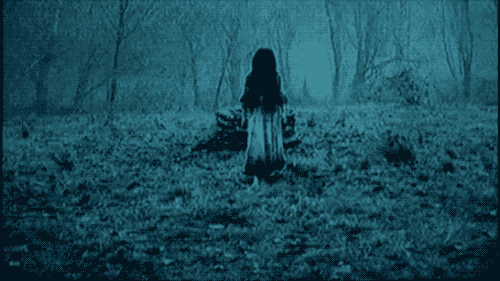

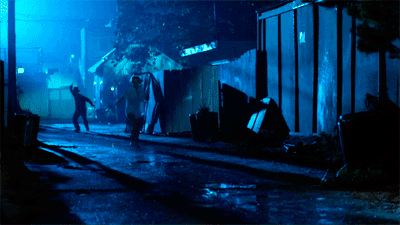
'The Ring (2002)'
'Saw (2004)'
'Nightmare on Elm Street (1984)'
Another colour that is used a lot in horror films is red. Red filters/casts can be really effective in horror movies as the color red has connotations of danger and violence, which can cause the viewers to feel unnerved. Red is conventional to use as it has connotations of blood, which is a typical convention of the horror genre. By using red it makes the genre more identifiable to the audience. Below is a few images from the science fiction horror movie 'Beyond the Black Rainbow (2010)', which effectively uses a red filter to set the mood and to enhance the visual dynamics.

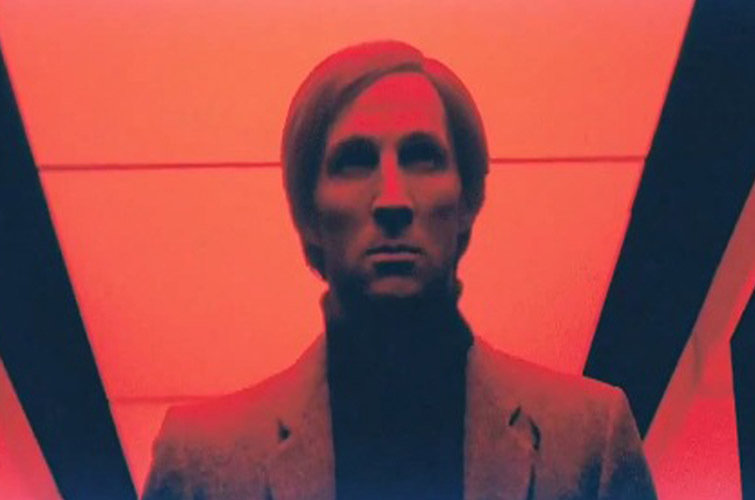
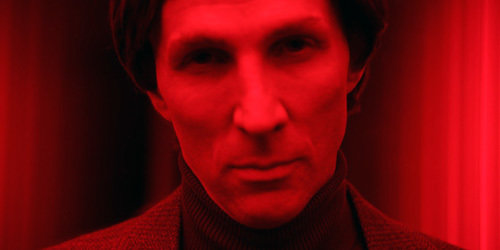
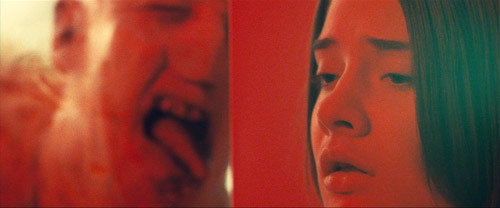
Dario Argento is an Italian filmmaker who is well known for his unique use of colour. His horror movie 'Suspiria (1977)' about a ballet school that is run by a cult of witches featured an effective use of colours due to the production design and cinematography. Argento uses a range of vivid and saturated colours such as pinks, blues, reds and yellows to stimulate senses and emotions in the audience, and to connote different themes and motives. He states that ' A horror film brings to the surface some of the ancestral fears we hide deep inside us, and Suspiria would not have had the same cathartic function if I had used the fullness and consolatory sweetness of the full color spectrum. To immediately make Suspiria a total abstraction from what we call “everyday reality” I used the usually reassuring primary colors only in their purest essence, making them immediately, surprisingly violent and provocative. This brings the audience into the world of Suspiria'.

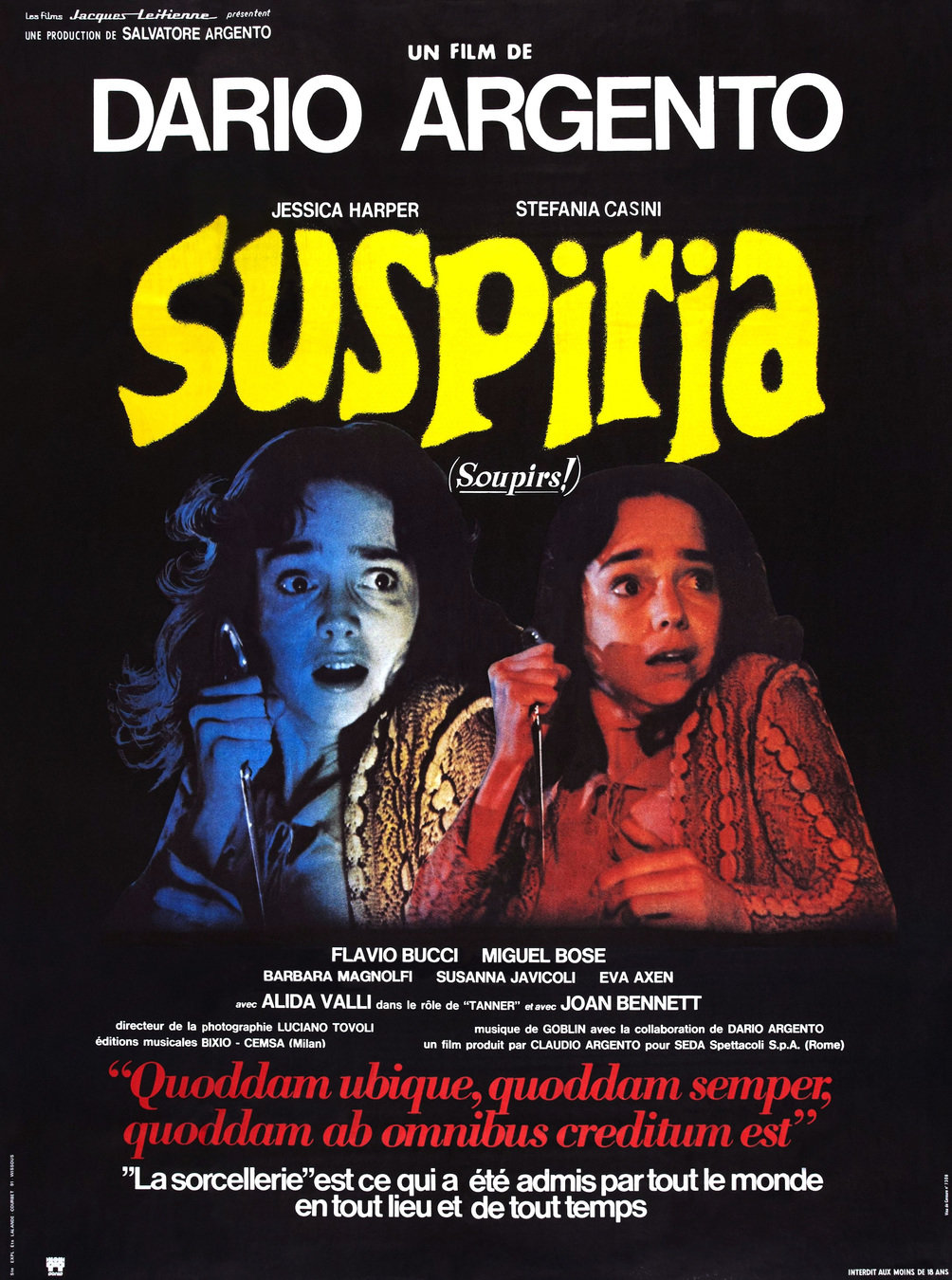
Here are some examples from 'Suspiria'
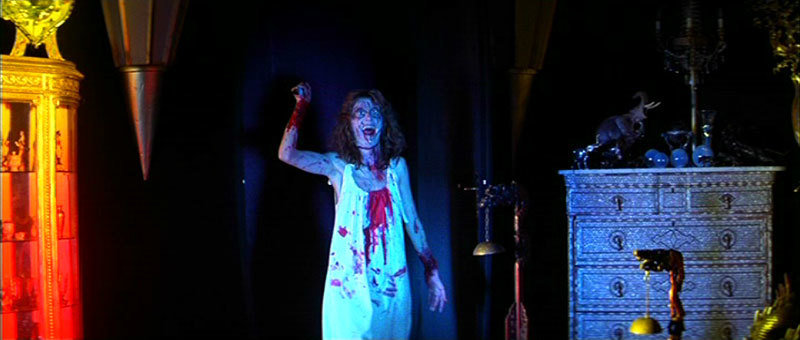
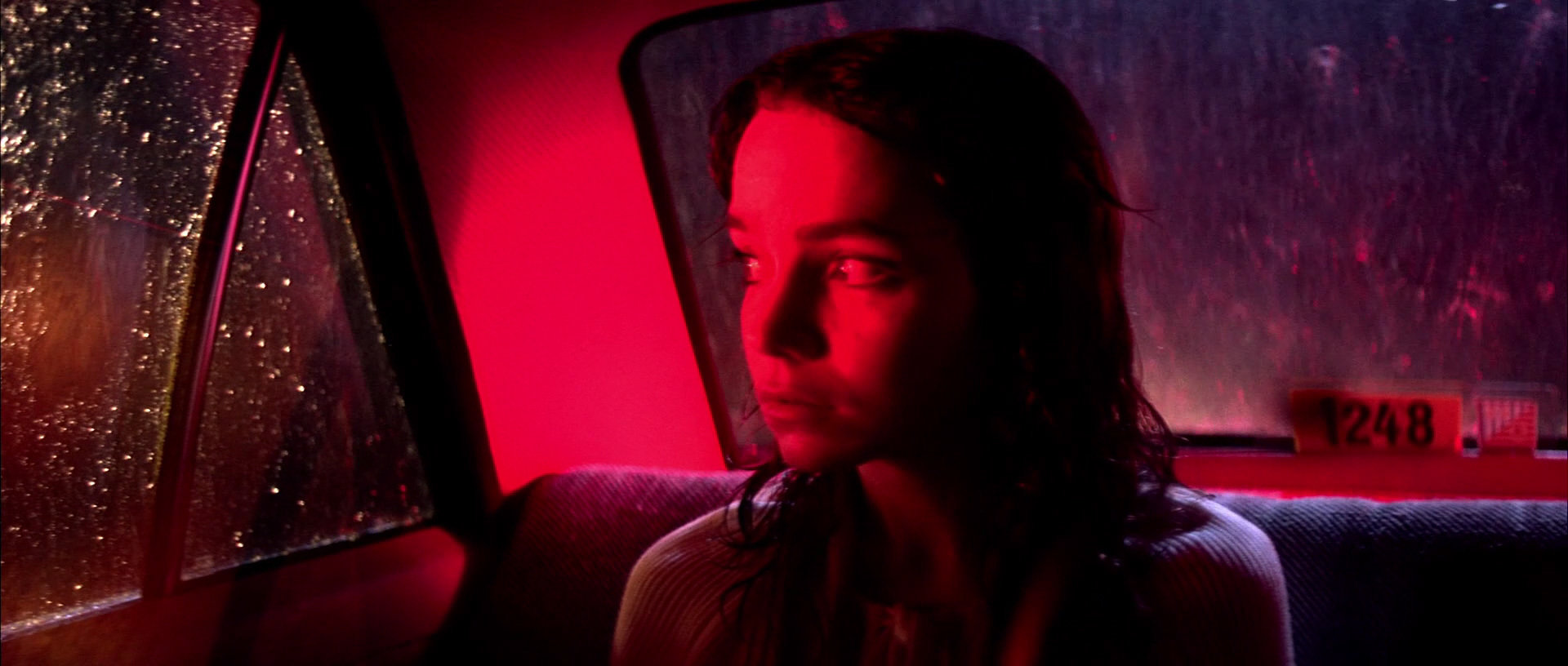
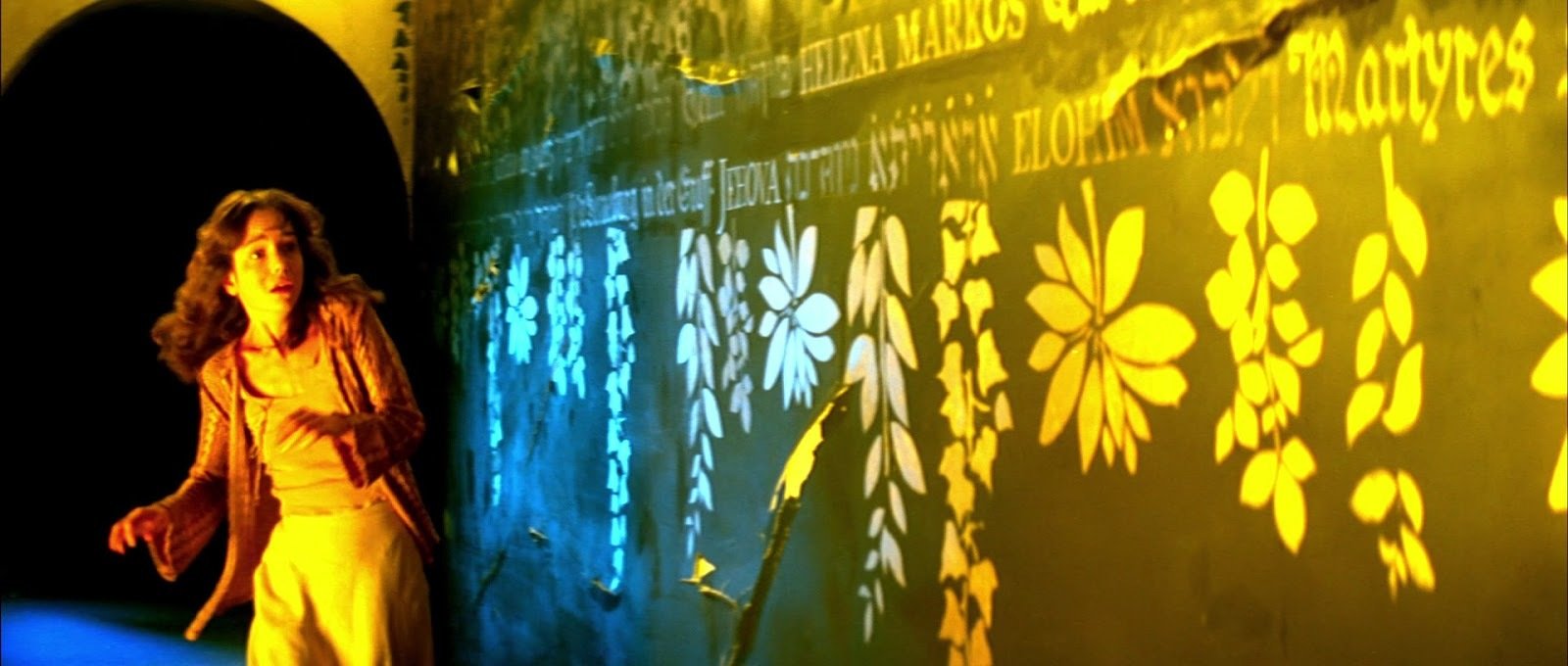
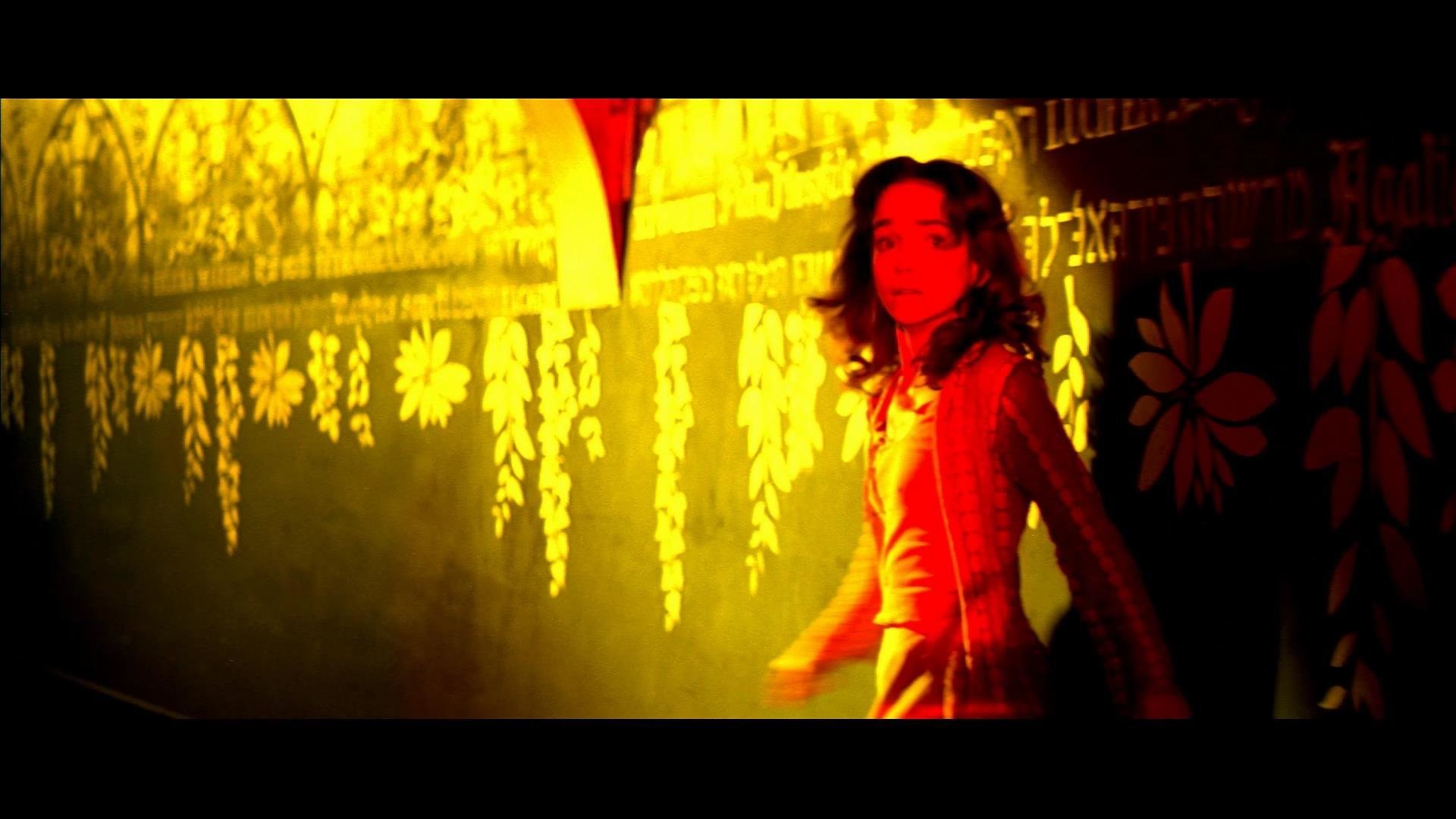
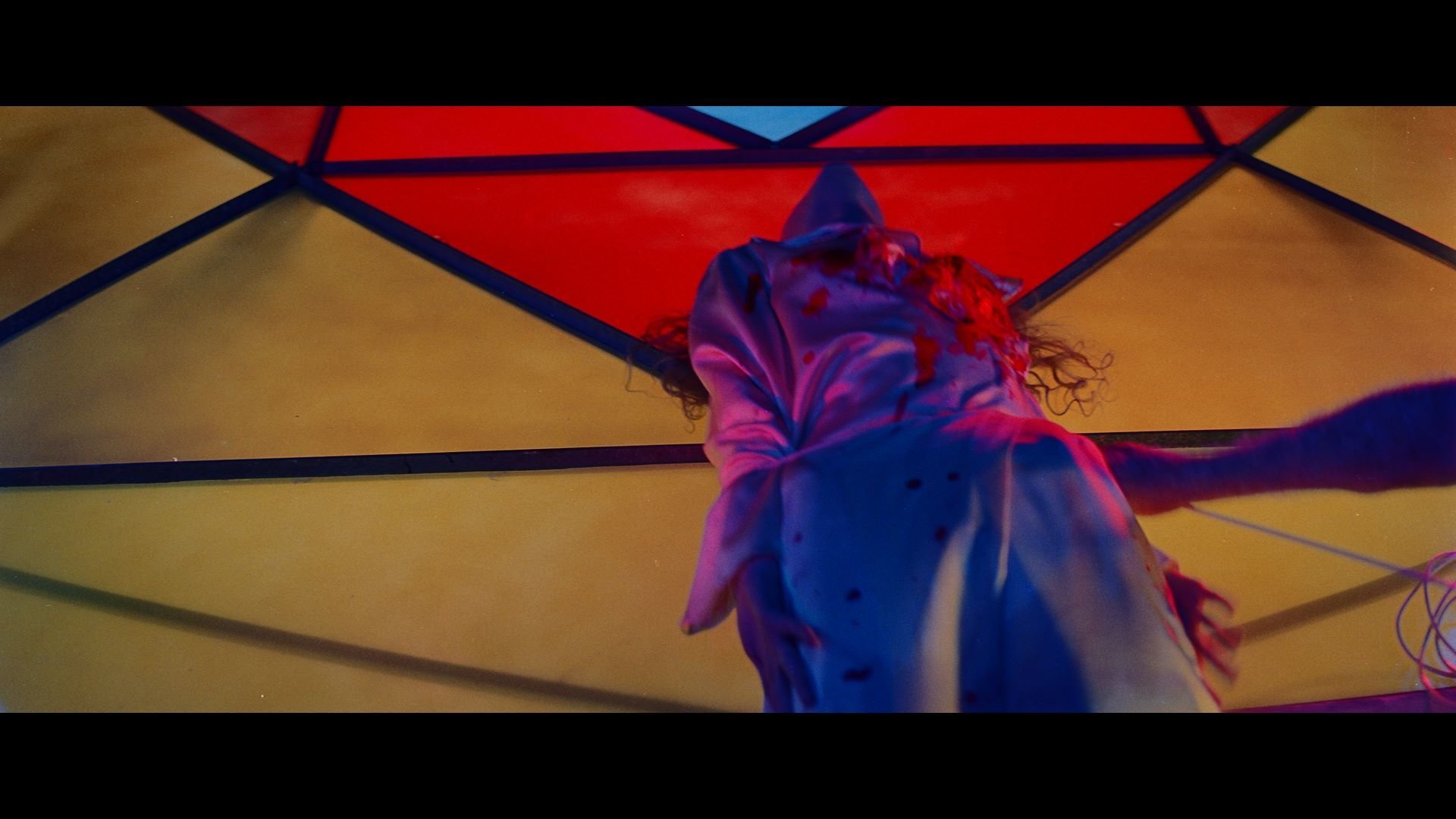

In addition to that, more directors who are known for their innovative use of colour are John Carpenter, Stuart Gordon, Frank and Don Coscarelli. A lot of their horror films were made in the 70s and 80s and include large amounts of red, which is to be expected to be used in horror as it is conventional to the genre. However these movies also include large amounts of vibrant pink, blues and purples, which were often framed within dark blacks and blues.
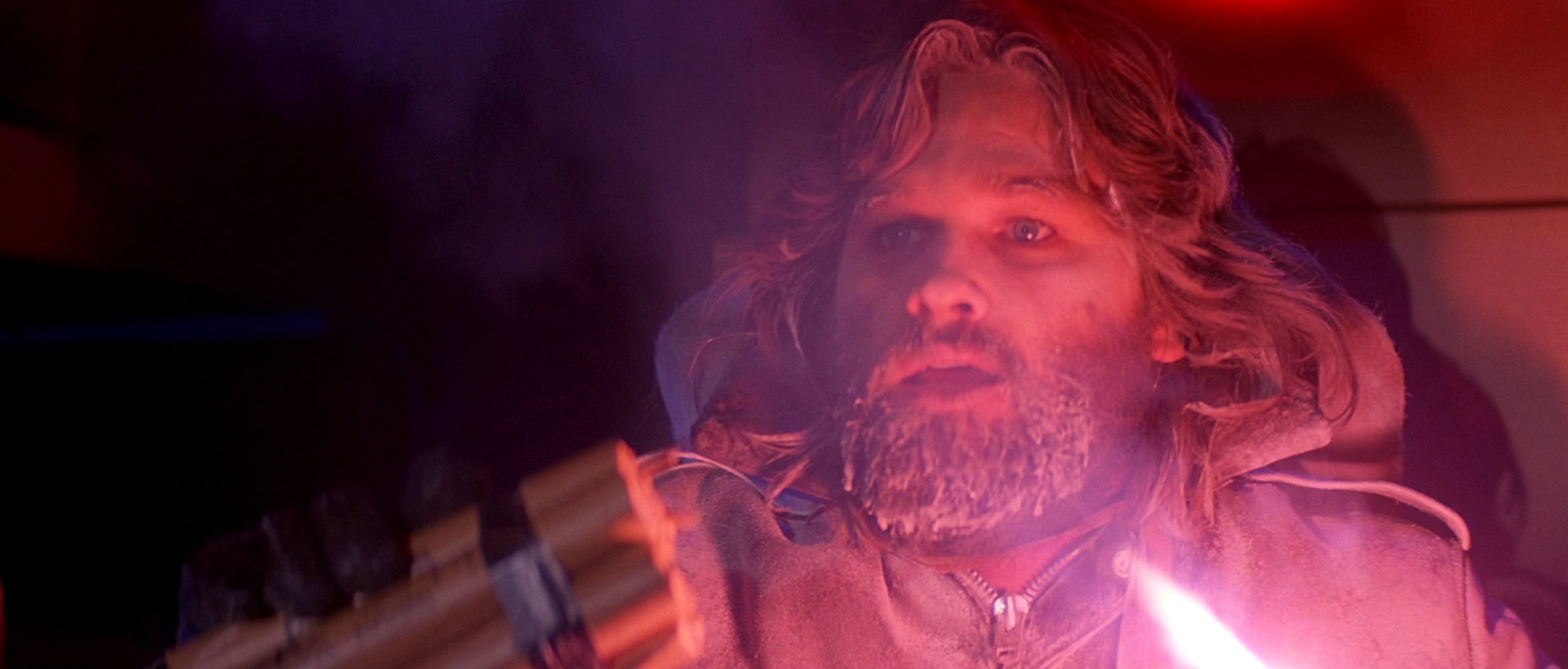
John Carpenter's 'The Thing (1982)'
Stuart Gordon's ' From Beyond (1986)'
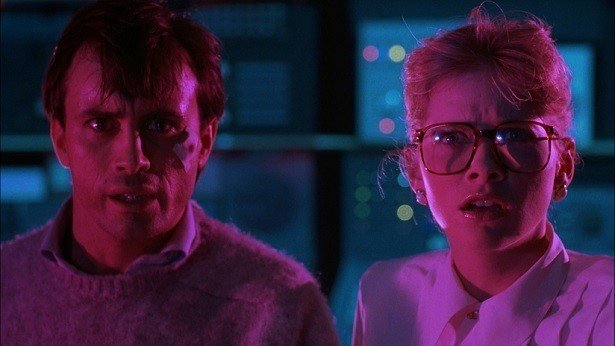
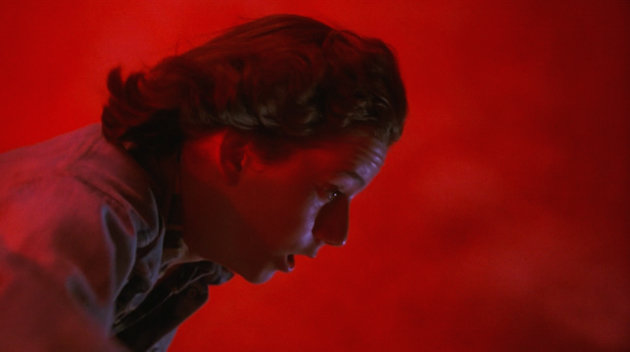
Don Coscarelli's 'Phantasm (1979)'
Colour in horror films
By Olivia Reilly
Colour in horror films
- 30,025